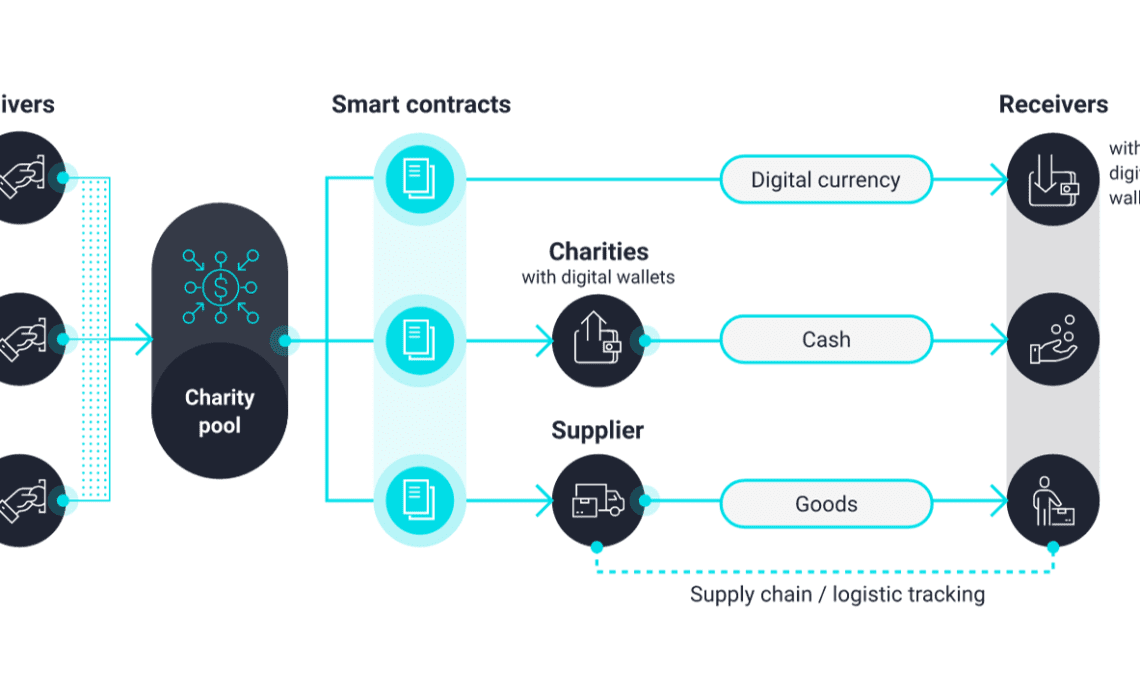In 2021, the Australian branch of the Red Cross received $90 million to aid the victims of the bushfires that plagued various regions of New South Wales and Victoria.
However, the organization soon came under fire for its lack of transparency when it revealed that it would only distribute around one-third of the intended funds on immediate assistance and that it could take up to three years to distribute the total amount.
One resident who lost his home to the fires told local media, “They made a lot of promises that they’re going to this, that and other, (but) I’ve received nothing, I have no idea where the money is going.”
This one example highlights a common problem among charities: The processes for distributing charitable giving are often obscured by bureaucracy and prone to mismanagement. Without robust accountability mechanisms, charities risk mismanaging or misusing funds and, at worst, committing outright fraud.
Jack Vinijtrongjit, CEO of AAG — a venture capital firm that heads the AAG Charity DAO — told Cointelegraph, “Statistically, a lot of money goes to waste when it comes to charity. For example, in some cases, only fifty cents out of a dollar ends up at the destination. Very few can achieve efficiency in the 83% range, like Oxfam.”
Blockchain technology can provide tangible benefits for both donors and charities. It offers greater accountability and transparency for contributors, enabling them to follow their donations and see the results of their generosity.
How blockchain can provide transparency
Blockchain technology provides real-time tracking of donations and transactions. This level of transparency helps to build trust and confidence among donors, as they can verify that their funds are being used for the intended purpose.
In addition, it allows charities to provide donors with a detailed breakdown of their contributions, showing how each dollar is allocated to various projects or initiatives. Vinijtrongjit said, “With blockchain, the fund flow can be seen easily, and if the organization expects people to keep donating, they need to make sure as many funds as possible are delivered as intended.”
He said this transparency can reduce fraud and misuse of funds, as “there can be cases where corrupt local officials would take the funds and misuse them.”
Blockchain technology also has the important property of being immutable. A blockchain record or…
Click Here to Read the Full Original Article at Cointelegraph.com News…
























